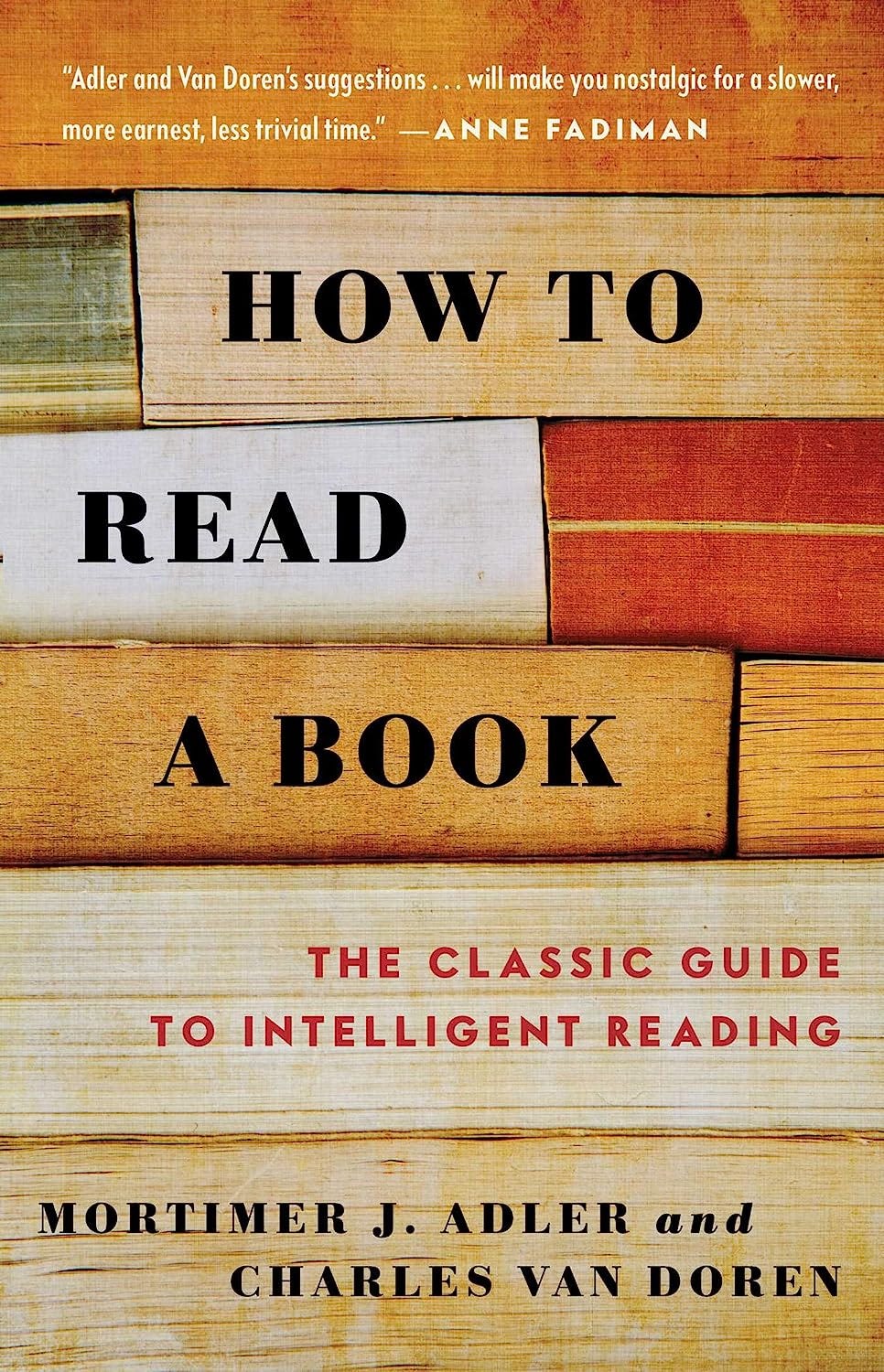💡 4-Days Workweek: Benefits, Challenges, and Strategies
A time management strategy and becoming a more active reader
📚 How to Become an Active Reader
Reading is an excellent way to gain an advantage in any field, but it is essential to read actively.
Simply reading the words is not enough; we must think about what we're reading and how we're reading it. By reading about the past, we can gain context about current events. However, since many people are unaware of historical events, engaging in conversations with authors from different times is essential. Re-reading a book involves engaging with the material by writing about what we read in the form of a review. Highlighting exciting parts of the book is not enough; we need to write about those highlights in our own words.
If the topic is more complex, re-reading the entire book is optional.
We can gather most of the ideas in the first pass. Reviewing the book lets us find new insights and nuances in the filtered content from our first pass. However, the review process must be rigorous to expand our understanding. We must go beyond filtering and get into the habit of thinking aloud about what we are reading to review a book. To review a book, we need to think hard about what we found within the book and take the time to expand our understanding.
Once we have completed reading a book, we should put it down for a week.
After a week, we can pick up the book again and go through all our notes. Most of our notes may be irrelevant, but there will be some essential points that we would like to remember. We can write these critical points on the book's inside cover and the corresponding page number. We can copy these excerpts by hand or take a picture of them to store in Evernote. Remember to tag them.
Collecting information alone does not increase our knowledge.
We must learn from the text and work with the ideas presented to enhance our understanding. If we read without taking notes, our knowledge may increase in the short term, but it will likely be forgotten in the long run. Thus, taking notes while reading is crucial. A system of notes can serve as an extension of our mind and memory, and we can refer to them while integrating the information into our work.
Reading is an excellent way to gain an advantage, but we must approach it actively.
The key is to think about what we are reading and how we are reading it. This is where we can gain an edge.
If you enjoyed this article, then hit the ❤️ button. It helps!
If you think someone else will benefit from this, then make sure to share this post.
💡 Transitioning to a 4-Day Workweek: Benefits, Challenges, and Strategies
Implementing a 4-day workweek can provide various advantages for both employees and employers.
One such option is the compressed workweek, which involves working longer hours over fewer days. For example, instead of working eight hours a day for five days, employees can work ten hours a day for four days. This arrangement can reduce commuting and childcare costs and provide an extra day off each week, promoting a better work-life balance.
Flexible work schedules can also be an excellent way to give employees more control over their work hours.
Remote work arrangements have become popular, especially during the COVID-19 pandemic. With the rise of advanced communication technologies, remote work is a viable option for many industries and job roles. Companies need to ensure clear communication with their employees when reducing workdays.
Thank you for reading Snippets of Text. Snippets from media about tech, programming, and more. This is a preview of a post available exclusively to paying subscribers. You can get unlimited access to all articles by purchasing a subscription.
Keep reading with a 7-day free trial
Subscribe to Snippets of Text to keep reading this post and get 7 days of free access to the full post archives.


